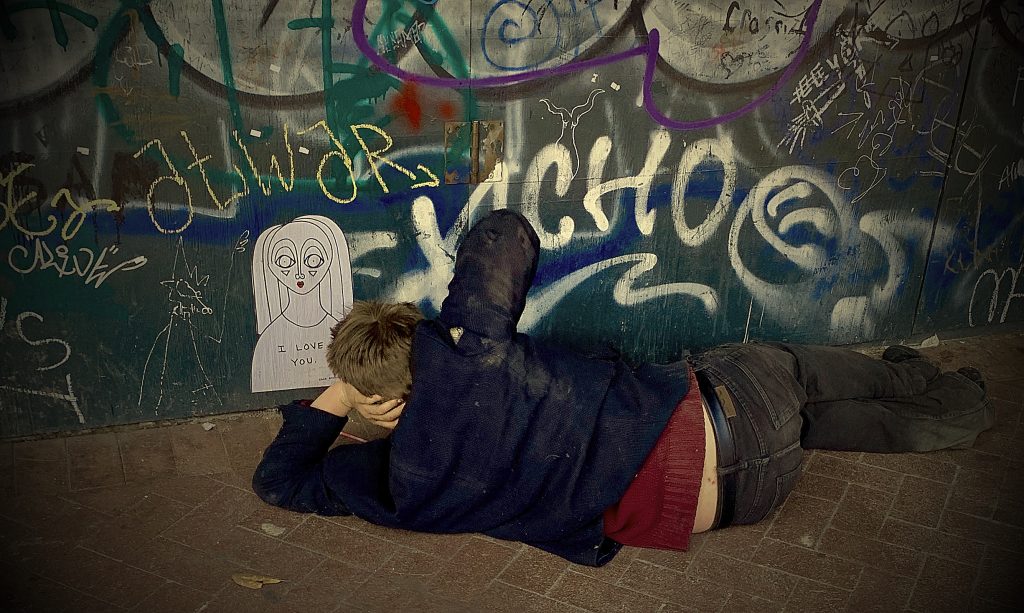Last year, I taught a doctoral class at a university on the topic of violence in written communication as it related to the likelihood of targeted, mission-oriented violence. One of the assignments was to analyze a fiction writing sequence to assess the potential for leakage related to violence. As I like to use my life in my creative work, I used a scene from Wolf Howling to give the student’s some source material to analyze. I won’t spoil what scene for those who haven’t read it (but come, on—you should read it), but think green light, a ghost tour and little red riding hood. They liked the assignment and offered some insightful analysis.
One of the students, a particularly bright one—shared some observations. She said, “An overall tone in this writing sample makes me think the author doesn’t see the best in people, but instead, the worst. Everyone, from the tourists to the murder was described in a way that focused on their negative qualities. Racist t-shirts, dismissive parenting, suffering from loneliness, and a pervasive sense people are out for their own interests. Very few had characters had any redeemable qualities.”
As you can imagine, this has been floating around my mind for the better part of the year. Kafka wrote, “A book must be an ice-axe to break the seas frozen inside our soul.” And this got me thinking, is that true for writers? Are we exploring our own frozen seas? Crafting our own axes?
I’ve been a therapist for over twenty years. I’ve often wondered what this did to me. I know what we do, what we see, our careers and work have an impact on how we see the world. The things we do sneak into our hearts. Bartenders considering the barfly’s drinking habits and addictions, nurses talking to patients who are slowly killing themselves with sugar, cigarettes, or nicotine. Has working with people who are struggling to stay alive and overcome their mental illness created a, shall we say, depressing view of human nature for me? Has that drifted over into my books?
The short answer is, probably. As I’ve worked on Samsara, one thing has been clear to me. This project is more than a book, it’s part of me. The writing has been a process of exploring who I am and what lays in front of me. This is why I’ve enjoyed seeing which characters people resonate the most within the story. Are they drawn to a reflective Wagner, the mysterious woman with the dog, Ella and her hard-as-nails persona, Albert with his obsessive and chaotic mind, Dalton as he collects the world’s beauty, Kara as she exploits herself and the men she comes in contact with, Cooper and his naïve optimism and creativity, Liv and her sadness and depression, or is it the mystery of sharks, Mr. Conrad, and Valentine’s cold, enigmatic presence? Dealer’s choice.
To me, there’s a cost to experience; a cost to creation. How do we understand (I’m looking at you, Hawthorne) where the observation changes the observer; how the author’s mind creates and is—in the same way—created, where the therapist heals and when they suffer, how the teacher teaches, the professors profess, how those who have been hurt, in turn, hurt others. What exists, at the heart of it all, and what’s the payment to the yellow-eyed demon at crossroads? There’s a Ying-yang to it all. We’re at the poker table, pot-committed, though unaware of cost for entry and what, ultimately are the stakes we are playing for in this game of life.
So, I keep writing, because this is what I do.
Tell next time.
